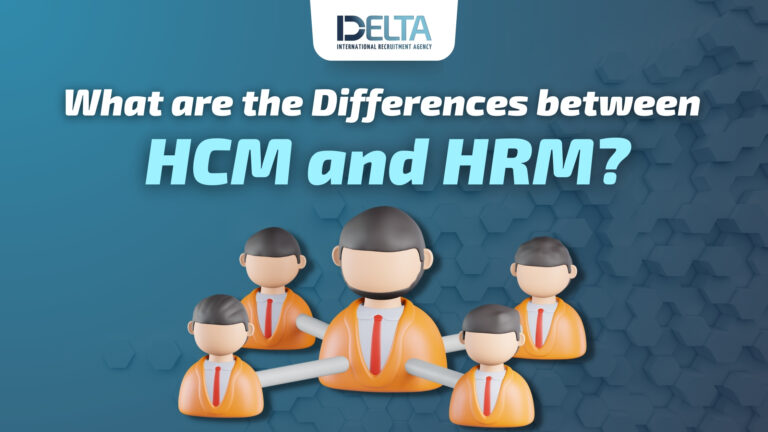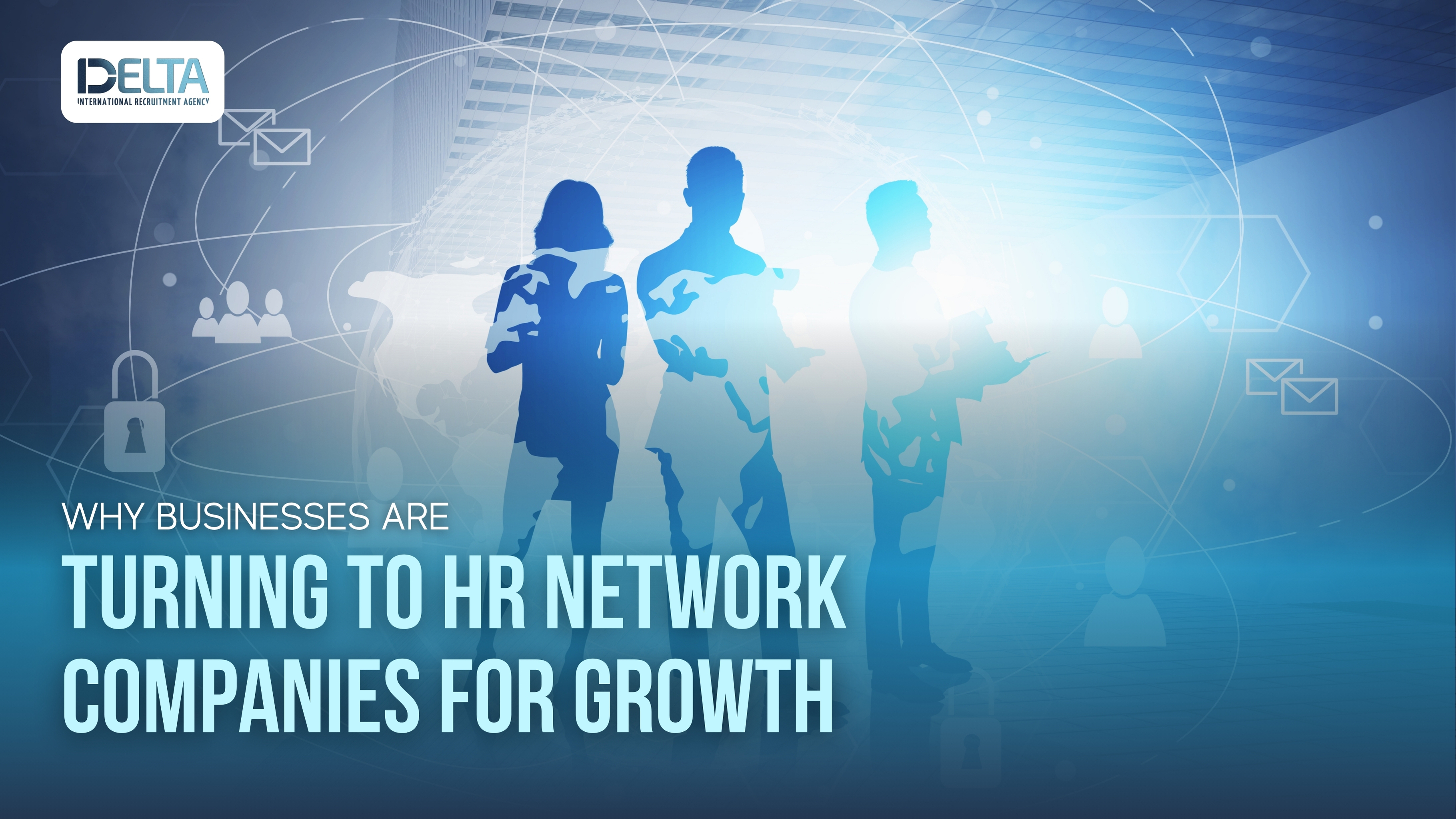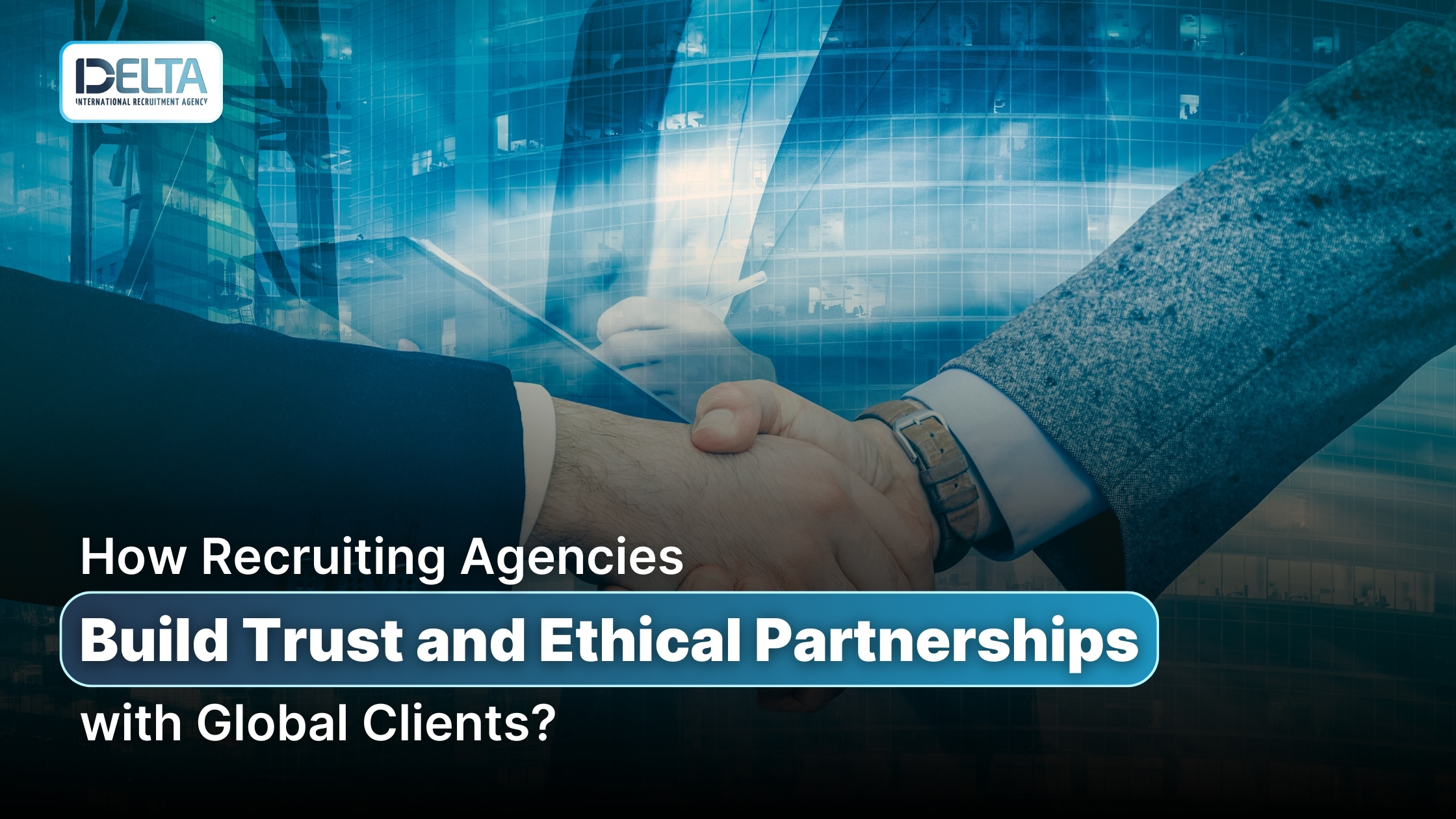In the HR world, folks often chat about human capital management (HCM) versus human resource management (HRM). Despite sounding similar, these ideas have some important differences. Knowing these variations is like having a secret weapon for businesses. It lets them pick the right strategy—whether it’s going all in with one or mixing elements from both to create a customized approach that suits their unique needs.
When you get the lowdown on HCM and HRM, it’s like unlocking a treasure chest of options. Businesses can fine-tune their HR practices, choosing what works best for them. It’s not just about knowing the terms; it’s about making smart choices that boost the company’s success. So, whether it’s a solo act with HCM or a dance that combines both HCM and HRM, understanding the differences is the key to making HR a real asset for any organization.
Image Source: 3techno.com
What Does Human Capital Management (HCM) Mean?
Human capital management (HCM) is a comprehensive strategy that revolves around optimizing the potential of a company’s workforce. It encompasses various aspects of employee engagement and development, aiming to create an environment where individuals can thrive and contribute effectively to organizational objectives.
Key Components of HCM:
- Recruitment and Hiring: Identifying and attracting individuals with the right skills and qualities to contribute to the organization’s success.
- Employee Development: Providing ongoing opportunities for learning and growth through training and development programs.
- Rewards and Recognition: Implementing strategies to acknowledge and reward employees for their contributions, fostering a positive work culture.
- Effective Management: Implementing practices for the management and supervision of employees to ensure optimal performance and job satisfaction.
- Communication of Values: Clearly stating the organization’s mission, vision, and values to employees, aligning individual efforts with the overall goals.
- Long-term Engagement: Offering continuous support and development initiatives throughout an employee’s entire tenure with the company, promoting long-term commitment and loyalty.
By adopting a holistic approach to HCM, organizations strive to cultivate a workforce that is not only skilled but also motivated, engaged, and aligned with the company’s mission. This strategic focus on human capital is pivotal in achieving sustainable growth and success.
Image Source: aihr.com
What Does Human Resource Management (HRM) Mean?
Human resource management involves taking care of the people who work in a company in a comprehensive way. It’s like being a guardian for the employees, ensuring they have the support and resources they need not just to survive but to thrive in their roles. When we compare human capital management to human resource management agency, we see some overlap, but the main focus differs.
Human capital management is about making sure employees are
highly valuable to the company from an economic perspective. It’s like treating employees as assets and
maximizing their worth to the organization. On the other hand, human resource management is broader and
focuses on creating and organizing systems and processes that facilitate effective job
performance.
Key Components Of HRM:
- Recruiting and Hiring New Employees: This involves actively seeking and bringing in new talent to the organization.
- Onboarding New Hires: Ensuring that new employees smoothly transition into their roles and become familiar with the company’s culture and practices.
- Training Employees: Providing ongoing education and training to help employees excel in their current roles or specialize in specific areas.
- Developing Competitive Compensation Plans: Designing fair and attractive packages, including salaries and benefits, to motivate and retain employees.
- Handling Disciplinary Actions and Conflicts: Addressing issues that arise, enforcing policies, and mediating conflicts to maintain a harmonious work environment.
- Ensuring Compliance with Labor Laws: Staying updated on and adhering to legal regulations governing employment to protect both the company and its employees.
In essence, human resource management is a multifaceted role that goes beyond administrative tasks. It involves strategic thinking to align the organization’s goals with the well-being and development of its workforce. By executing these tasks effectively, human resource management plays a pivotal role in the success and sustainability of any organization.
Looking for Document Attestation Services from Pakistan? Delta International can help you get
your document attested swiftly.
Differences between Human Capital and Human Resource Management
Certainly! Here’s a table highlighting the key differences between Human Capital Management (HCM) and Human Resource Management (HRM):
| Feature |
Human Capital Management
(HCM) |
Human Resource
Management (HRM) |
|---|---|---|
| Focus |
Strategic focus on maximizing the value of human capital as a key asset. |
Tactical focus on managing and administering human resources within an organization. |
| Scope |
Broader scope, covering all aspects of managing and developing people, including talent acquisition,
performance management, learning and development, and workforce planning. |
Narrower scope, primarily concerned with personnel administration, recruitment, and employee
relations |
| Approach |
Integrated and strategic approach that aligns human capital practices with overall business
goals. |
Transactional and administrative approach, often reactive to immediate organizational needs. |
| Technology Integration |
Emphasizes the use of integrated HR technology platforms for comprehensive workforce management. |
May use HR software for specific functions like payroll and benefits but may lack full
integration. |
| Employee Development |
Focuses on continuous learning, skill development, and career growth to enhance individual and
organizational performance. |
Emphasizes training and development but may not have the same strategic emphasis on building
individual and collective capabilities. |
| Data Analytics |
Utilizes data analytics for workforce planning, predictive analytics, and informed
decision-making. |
Relies on basic data reporting for HR activities such as attendance, performance appraisals, and
leave balances. |
| Employee Engagement |
Emphasizes employee engagement as a critical factor for organizational success. |
Recognizes the importance of employee engagement but may not prioritize it as strategically. |
| Organizational Impact |
Aims to contribute significantly to organizational success by leveraging human capital for
competitive advantage. |
Plays a supportive role in helping the organization meet its operational goals through effective HR
practices. |
| Flexibility and Agility |
Often more adaptable and flexible in responding to changes in the business environment. |
May face challenges in quickly adapting to dynamic business needs due to a more traditional
approach. |
It’s important to note that the terms “HCM” and “HRM” are sometimes used interchangeably, and the distinction between them can vary depending on organizational context and interpretation. The table above provides a general overview of the typical differences.
The big difference between HCM and human resource management is what they aim to do. In human capital management, training is like an investment to make employees better at their jobs and bring more value to the company. In human resource management, they focus on keeping track of training using systems and checking what employees have learned.
Final Thoughts
When it comes to hiring, human capital management agencies or companies looks for people with the right skills to help the company meet its goals. In human resource management, the goal is to have a smooth process to find the best people for the job.
No matter which one a company chooses, or if they use a bit of both, it’s important to make sure that what employees are doing matches up with what the company wants to achieve. This way, things like hiring, training, and how people get paid all help the company reach its goals with its employees.
Tips for Employers: What are the Differences between HCM and HRM?




